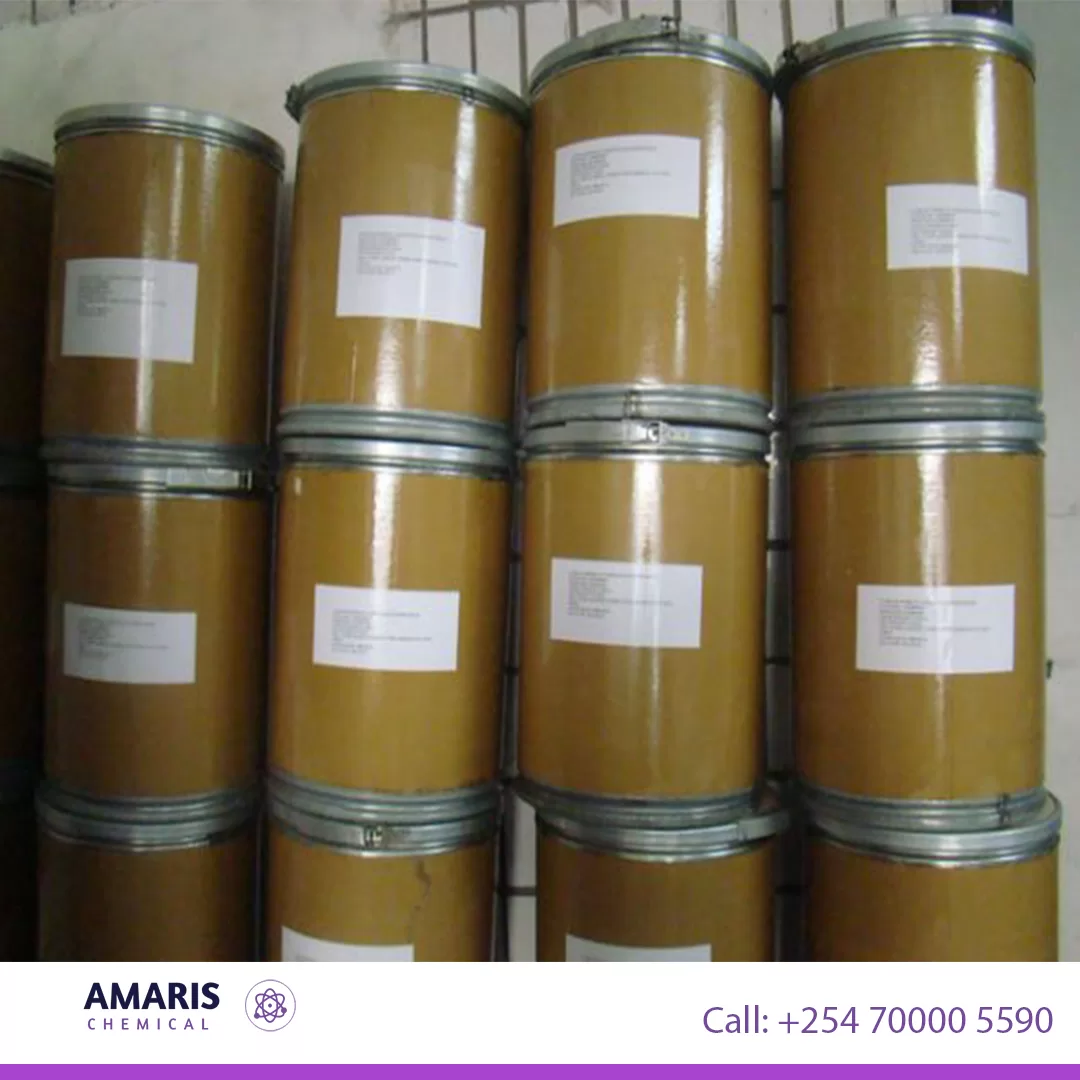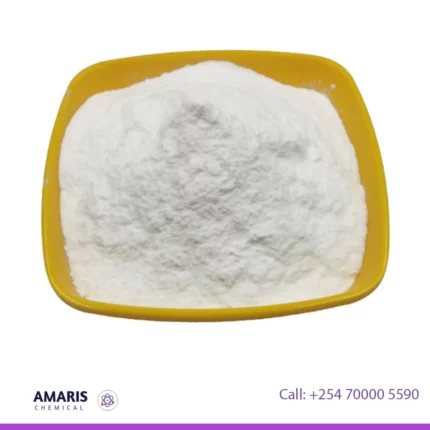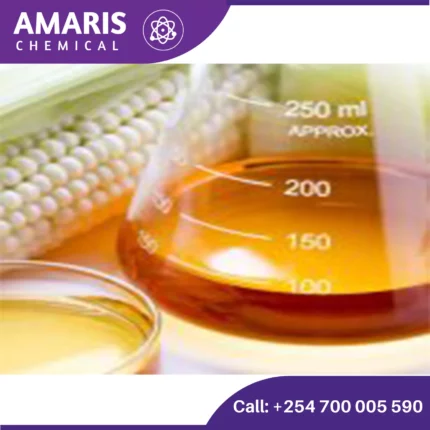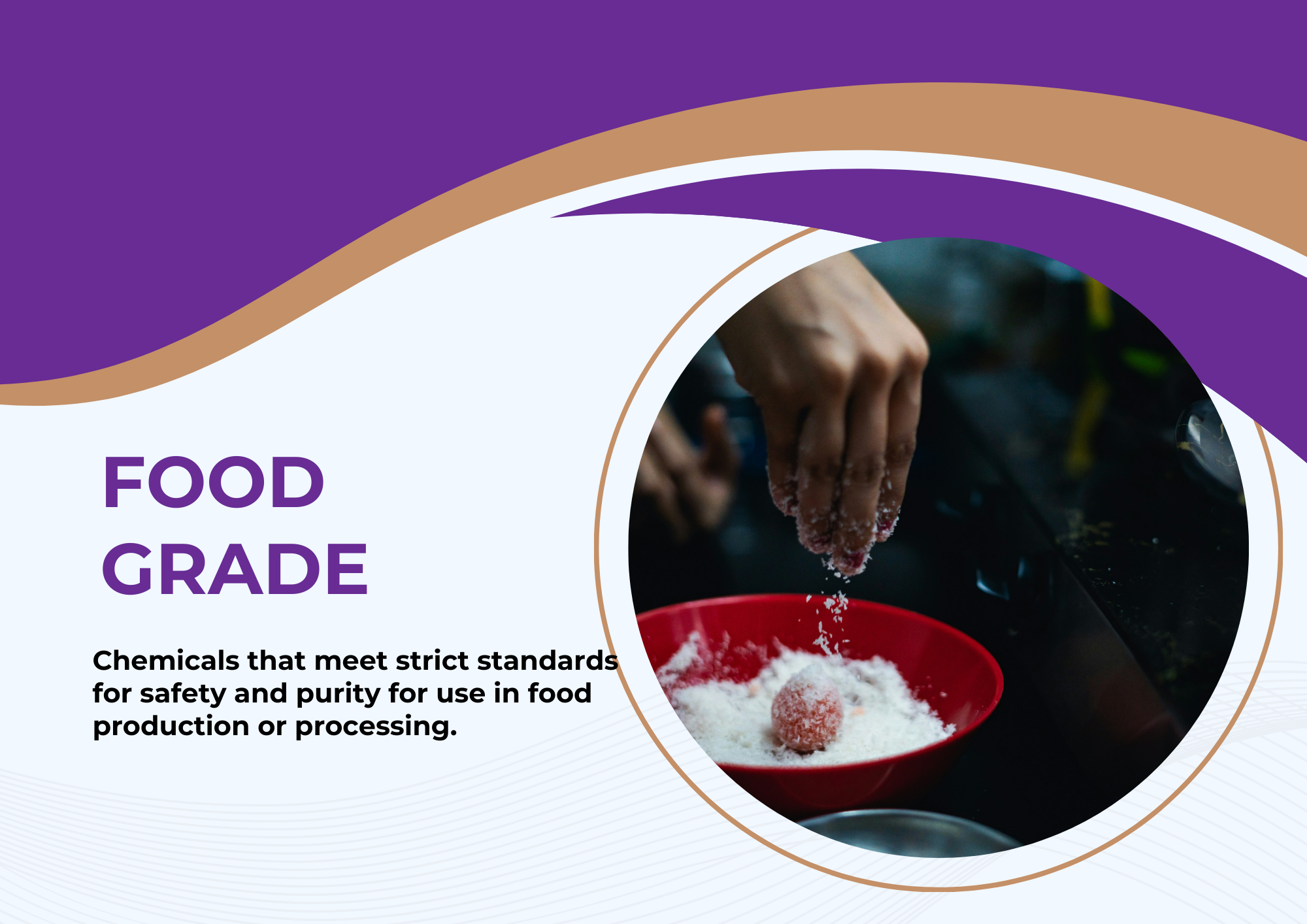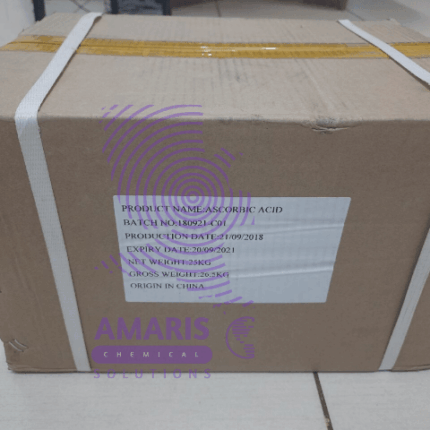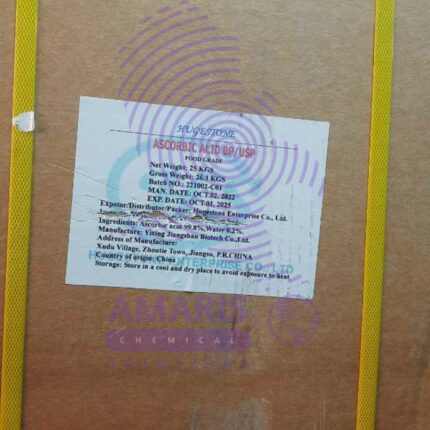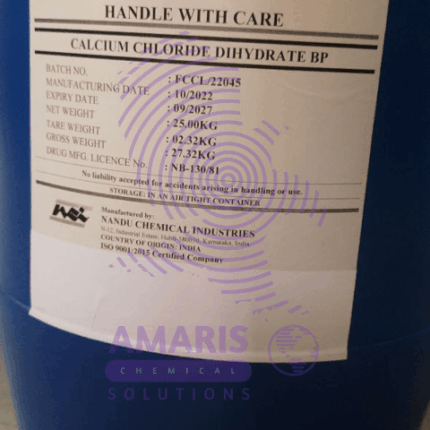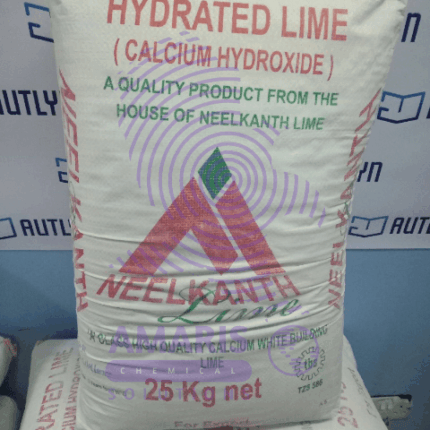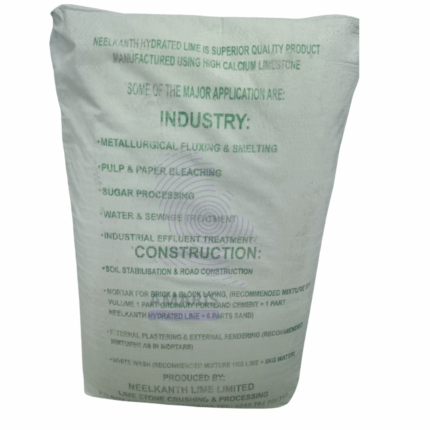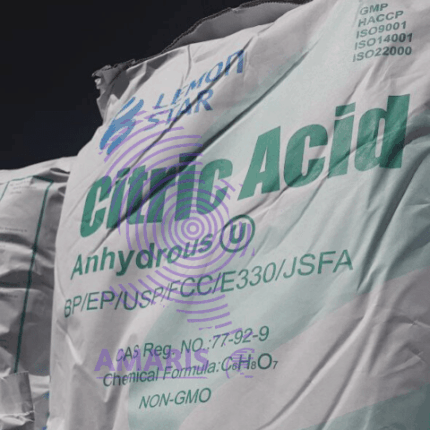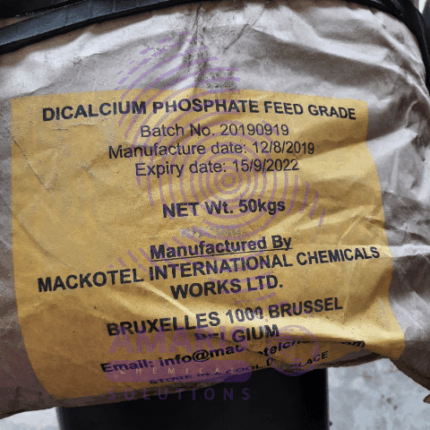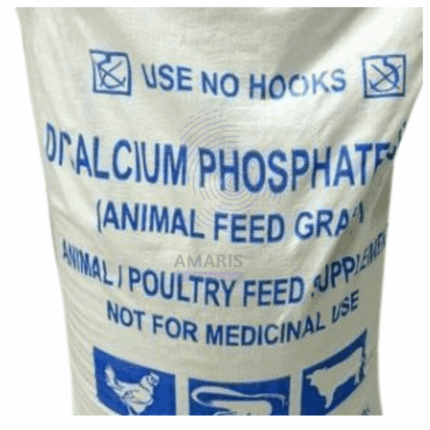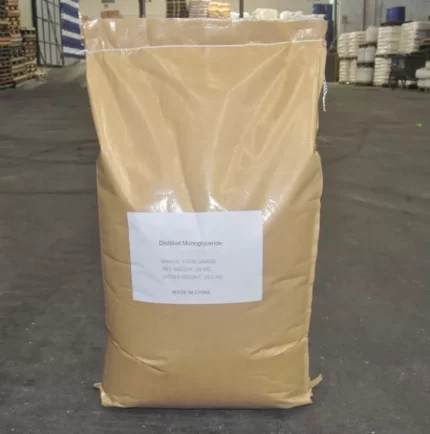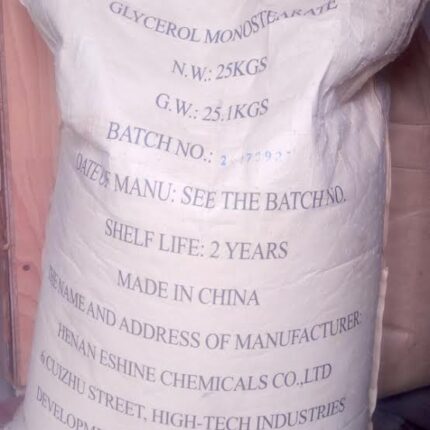Calcium Saccharin
$0.01
Calcium saccharin, also known as calcium cyclamate, is a synthetic sweetener derived from saccharin. It is a calcium salt of saccharin, and it is often used as a sugar substitute in various food and beverage products. Calcium saccharin is several hundred times sweeter than sugar, yet it contains no calories and does not affect blood sugar levels, making it suitable for individuals with diabetes or those looking to reduce their sugar intake. It is commonly used in tabletop sweeteners, diet sodas, baked goods, and other low-calorie or sugar-free products
Calcium saccharin Uses
Primary Uses of Calcium Saccharin
-
Food & Beverage Industry (Sweetener)
-
Diet & Sugar-Free Products: Used in soft drinks, candies, chewing gum, and low-calorie foods.
-
Baked Goods: Added to cookies, cakes, and pastries for sweetness without sugar.
-
Canned Fruits & Jams: Provides sweetness while reducing sugar content.
-
Tabletop Sweeteners: Found in powdered or liquid sweetener packets (e.g., Sweet’N Low).
-
-
Pharmaceuticals
-
Medicinal Syrups & Lozenges: Sweetens cough syrups, antacids, and chewable tablets without affecting blood sugar.
-
Diabetic Medications: Used in formulations for diabetic patients.
-
-
Oral Hygiene Products
-
Toothpaste & Mouthwash: Provides sweetness without promoting tooth decay.
-
Secondary Uses of Calcium Saccharin
-
Animal Feed
-
Enhances palatability of veterinary medicines and livestock feed.
-
-
Industrial Applications
-
Electroplating: Acts as a brightening agent in nickel and copper plating.
-
Rubber & Chemical Manufacturing: Used as an intermediate in some chemical processes.
-
-
Cosmetics
-
Added to lip balms, lipsticks, and flavored cosmetics for sweetness.
-
-
Tobacco Industry
-
Sometimes used in chewing tobacco and nicotine gums to mask bitterness
-
| AVAILABLE PACK SIZE |
25kg( Metal or Plastic Jerrycan/ Bucket, Bag, Box, Polythene bag, Carton bag) |
|---|---|
| APPEARANCE |
Powdery – Fine, dry particles e.g., baking soda |
1. Basic Identification Attributes
- Chemical Name: Calcium 1,2-benzisothiazol-3(2H)-one 1,1-dioxide
- CAS Number: 6485-34-3
- HS Code: 2935.00.90 (Other sulfonamides)
- Molecular Formula: C₁₄H₈CaN₂O₆S₂·3.5H₂O
- Synonyms: Calcium o-benzosulfimide, Calcium saccharinate, E954
2. Physical & Chemical Properties
- Physical State: White crystalline powder
- Color & Odor: White; odorless
- Melting Point: >300°C (decomposes)
- Density: 0.85 g/cm³ (bulk)
- Solubility:
- Water: 660 g/L (20°C)
- Ethanol: 1 g/L
- Insoluble in ether, chloroform
- pH Level: 5.5-7.5 (1% solution)
- Sweetness: 300-500× sucrose (weight basis)
- Hygroscopicity: Slightly hygroscopic
3. Safety & Hazard Attributes
- Hazard Class (GHS): Not classified
- NFPA Ratings: Health: 1 | Flammability: 1 | Reactivity: 0
- Exposure Limits:
- ADI: 5 mg/kg body weight (JECFA)
- OSHA PEL: N/A
- Reactivity:
- Stable under normal conditions
- Incompatible with strong oxidizers
4. Storage & Handling Attributes
- Storage Conditions:
- Tightly sealed containers
- <25°C, <60% RH
- Shelf Life: 60 months
- Incompatible Materials: Strong acids/bases
- Container Type: Food-grade polyethylene bags
- Special Handling: Standard hygiene practices
5. Regulatory & Compliance Attributes
- FDA Status: 21 CFR 180.37 (approved)
- EU Approval: E954
- JECFA Status: ADI established
- Kosher/Halal: Certified grades available
- Transportation: Non-hazardous
6. Environmental & Health Impact
- Ecotoxicity: LC50 >100 mg/L (fish)
- Biodegradation: Not readily biodegradable
- Human Safety:
- Non-carcinogenic (IARC, NTP)
- No genotoxicity concerns
Personal Protective Equipment (PPE)
- Eye Protection:Safety goggles to prevent dust irritation.
- Respiratory Protection:Dust mask (NIOSH-approved) if handling large quantities in powder form.
- Gloves:Nitrile or latex gloves to avoid skin contact.
- Clothing:Lab coat or protective apron to prevent contamination.
Handling & Storage
- Work in a well-ventilated areato avoid dust accumulation.
- Avoid creating airborne dust; use closed systemsif possible.
- Store in a cool, dry place, away from strong acids, oxidizers, and moisture.
- Keep containers tightly sealedto prevent contamination.
Hygiene Practices
- Wash hands thoroughly after handling.
- Do not eat, drink, or smokein areas where the chemical is handled.
Inhalation (Dust Exposure)
- Move to fresh air
- If breathing difficulties occur, seek medical attention.
Skin Contact
- Wash affected area with soap and water.
- If irritation persists, consult a doctor.
Eye Contact
- Rinse eyes with plenty of waterfor at least 15 minutes, holding eyelids open.
- Seek medical attention if irritation continues.
Ingestion
- If swallowed accidentally in small amounts (food-grade use):No significant toxicity expected.
- If large amounts are ingested (industrial exposure):
- Rinse mouth with water.
- Do NOT induce vomitingunless directed by medical personnel.
- Seek medical advice if unusual symptoms appear.
Flammability:
Calcium saccharin is non-flammable, but high temperatures can cause decomposition.
Decomposition Products:
- May release toxic fumes (sulfur oxides, nitrogen oxides, carbon monoxide)if heated excessively.
Extinguishing Media:
- Use water spray, CO₂, dry chemical, or foamfor surrounding fires.
Firefighter Protection:
- Wear self-contained breathing apparatus (SCBA)due to potential toxic fumes.
- Cool containers exposed to fire with water to prevent rupture.


 Emollients
Emollients Humectants
Humectants UV Filters
UV Filters Surfactants (cosmetic)
Surfactants (cosmetic) Preservatives (cosmetic)
Preservatives (cosmetic) Fragrances and Essential Oils
Fragrances and Essential Oils Antioxidants (cosmetics)
Antioxidants (cosmetics)
 Solvents (lab)
Solvents (lab) Chromatography Chemicals
Chromatography Chemicals Microbiology and Cell Culture Reagents
Microbiology and Cell Culture Reagents Biochemical Reagents
Biochemical Reagents Inorganic and Organic Standards
Inorganic and Organic Standards Spectroscopy Reagents
Spectroscopy Reagents Molecular Biology Reagents
Molecular Biology Reagents
 Precious Metal Extraction Agents
Precious Metal Extraction Agents
 Plasticizers
Plasticizers Polymerization Initiators
Polymerization Initiators Stabilizers
Stabilizers Monomers
Monomers Fillers and Reinforcements
Fillers and Reinforcements Antioxidants (plastics)
Antioxidants (plastics) Colorants (plastic pigments,Dyes)
Colorants (plastic pigments,Dyes)
 Fertilizers
Fertilizers Plant Growth Regulators
Plant Growth Regulators Soil Conditioners
Soil Conditioners Animal Feed Additives
Animal Feed Additives Biostimulants
Biostimulants
 Dough Conditioners
Dough Conditioners Flour Treatments
Flour Treatments Fat Replacers
Fat Replacers Preservatives (baking)
Preservatives (baking)
 Surfactants (cleaning)
Surfactants (cleaning) Builders
Builders Bleaching Agents
Bleaching Agents Enzymes
Enzymes Solvents (cleaning)
Solvents (cleaning) Fragrances
Fragrances Disinfectant
Disinfectant Metal cleaning
Metal cleaning
 Binders/Resins
Binders/Resins Pigments
Pigments Solvents (paint)
Solvents (paint) Additives
Additives Driers
Driers Anti-Corrosion Agents
Anti-Corrosion Agents Specialty Coatings
Specialty Coatings Functional Coatings
Functional Coatings Application-Specific Coatings
Application-Specific Coatings
 Sealants and Adhesives
Sealants and Adhesives
 Biodegradable Surfactants
Biodegradable Surfactants Bio-based Solvents
Bio-based Solvents Renewable Polymers
Renewable Polymers Carbon Capture Chemicals
Carbon Capture Chemicals Wastewater Treatment Chemicals
Wastewater Treatment Chemicals
 Preservatives (food)
Preservatives (food) Flavor Enhancers
Flavor Enhancers Acidulants
Acidulants Sweeteners
Sweeteners Emulsifiers
Emulsifiers Antioxidants (food)
Antioxidants (food) Colorants (food)
Colorants (food) Nutrient Supplements
Nutrient Supplements Nutraceutical Ingredients
Nutraceutical Ingredients
 Fresh Herbs
Fresh Herbs Whole Spices
Whole Spices Ground Spices
Ground Spices Spice Blends
Spice Blends
 Surfactants(oil)
Surfactants(oil)
 Antibiotics
Antibiotics Active Pharmaceutical Ingredients
Active Pharmaceutical Ingredients Excipients
Excipients Vaccine Adjuvants
Vaccine Adjuvants Nutraceutical Ingredients
Nutraceutical Ingredients Solvents (pharmaceutical)
Solvents (pharmaceutical)
 Automotive chemicals
Automotive chemicals Pyrotechnic Chemicals
Pyrotechnic Chemicals


 Vulcanizing Agents
Vulcanizing Agents Accelerators & Retarders
Accelerators & Retarders Antidegradants
Antidegradants Reinforcing Agents
Reinforcing Agents Plasticizers & Softeners
Plasticizers & Softeners Fillers & Extenders
Fillers & Extenders Blowing Agents
Blowing Agents Adhesion Promoters
Adhesion Promoters
